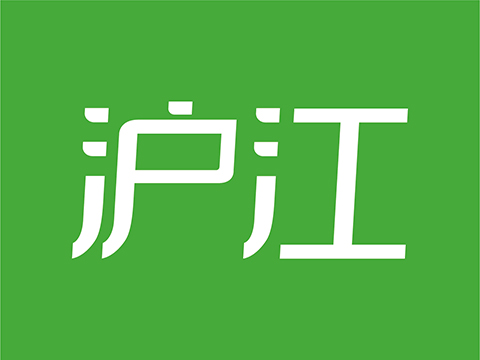一般现在时定义:表示通常性、规律性、习惯性、真理性的状态或者动作(有时间规律发生的事件)的一种时间状态。其动词形式是:动词原形(只有第三人称单数作主语时除外,要加-s)其疑问句和否定句需要用助动词do或does
句型:疑问代词(主语)+ be动词(am/is/are)...?
疑问代词/疑问副词 + be动词(am/is/are)+ 主语...?
What number is...? (什么数字是……? ),
Which boy likes...? (哪个男孩喜欢……? ),
谁”:
Who is there?
谁在那里? (就主语提问)
Who is she? —She is my mother.
指某一或某种未知的事物或人)“什么”:
What are these? —These are books.
这些是什么? ——这些是书。
What are they? —They are sailors.
他们是干什么的? ——他们是海员。
What is Susan like?
苏珊是什么样的人? /苏珊的人品如何? (就介词宾语提问)
谁的”:
Whose house is this? —The house is Jane's.
这是谁的房子? ——是简的房子。
哪一个、哪一些”:
Which of these books is yours?
这些书中哪一本是你的?
Which is heavier,iron or copper?
铁和铜,哪一个更重?
在哪里”:
Where is he? —He's upstairs/at home/in the office.
他在哪里? ——他在楼上/在家里/在办公室。
怎样、如何”:
How is Helen? —She is very well,thank you.
海伦好吗? ——她很好,谢谢您。
How old is your son now? —He is fifteen.
你儿子多大年纪了? ——他15岁了。
How is the weather today? —The weather is nice today.
今天天气怎样? ——今天天气很好。
延伸阅读:现在一般时第三人称的变化:
()1)直接在动词词尾加-s.
ask---asks work---works get---gets stay---stays
(2)以字母s, x, ch, sh或o结尾的动词,在词尾直接加-es.
watch---watches wish---wishes fix---fixes do---does
go---goes pass---passes
(3)以“辅音字母加 - y”结尾的动词,要先变y为i再加-es.
try---tries study---studies cry---cries fly---flies
2.不规则变化:
be---- is are have----has
